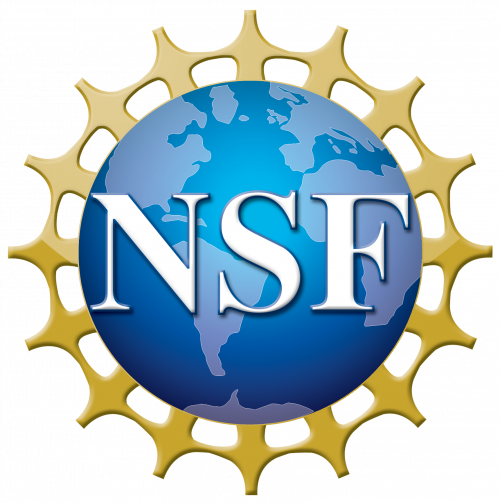
NARRAGANSETT, R.I.—When Christopher Jenkins first arrived at the University of Rhode Island’s Bay Campus from Shoreview, Minnesota, his goal was to do more work with zoo-keeping. Then he discovered Narragansett Bay through scuba diving.
“I came here and didn’t do anything involved with a zoo at all,” laughs Jenkins, a marine biology major working with Dr. Colleen Mouw at URI’s Graduate School of Oceanography. “I’ve wanted to get a good work ethic and well-rounded experience, as this is something I have never really done before.”
Fellow marine biology major Evelyn Spencer shares the same passion for Narragansett Bay, having worked with Dr. Christopher Lane over the past few years collecting data on Apicomplexans, a parasitic group that infect arthropods and other hosts in the bay.
“On a typical day in the field, I dive and take three collections, then go back into the lab to extract DNA from collected samples,” she explains. “Fingers crossed, we will get [PCR] bands and send it for genomic sequencing.”
Jenkins is gathering information about ‘absorption’ properties of phytoplankton, or the amount of light they absorb. This data allows scientists, explains Jenkins, to identify the occurrence and abundance of specific species in the bay.
“When you have a sample of water, or anything, you have light going through it,” he says. “The floor, for example, has a very high absorption value because you can’t see through it. The idea is we want to look at a water sample and find the absorption patterns that correlate to specific species.”

Both SURF students journey between the shore and lab frequently throughout the work week, collecting water and sediment samples and then navigating lab equipment to gather meaningful data about the bay’s various organisms.
“Early on, I was doing a lot of coding on the computer, which was something completely new to me,” notes Spencer. “It’s like a whole other language. To stare at a huge dataset is scary, but learning what to do with it is so satisfying.”
“Measuring samples is a pretty tedious process,” adds Jenkins. “In the lab, I put water samples in acetone and then ‘sonicate’ them, or blast them with sound waves, which breaks open the cells so the phytoplanktons’ chlorophyll pigments are exposed and we can read them.”
Like Spencer, Jenkins has been most challenged by the various equipment and computer programs he has to use in order to reliably extract data from the water samples he has collected.
“It’s a steep learning curve,” the marine biology major says. “When you are in the lab, you have to be able to make sure you are organized and know which step to take and when.”
Although Spencer, a junior, doesn’t know what her next step will be after graduating, she wants to stick with similar research. Jenkins, who is looking to finish his degree a year early with a view towards graduate school, has more humble ambitions for the summer.
“I really like being able to say I can take a good sample and take care of a machine and not have it break on me,” he says with a smile.
Written by Shaun Kirby, RI C-AIM Communications & Outreach Coordinator

 RI NSF EPSCoR is supported in part by the U.S. National Science Foundation under EPSCoR Cooperative Agreements #OIA-2433276 and in part by the RI Commerce Corporation via the Science and Technology Advisory Committee [STAC]. Any opinions, findings, conclusions, or recommendations expressed in this material are those of the author(s) and do not necessarily reflect the views of the U.S. National Science Foundation, the RI Commerce Corporation, STAC, our partners or our collaborators.
RI NSF EPSCoR is supported in part by the U.S. National Science Foundation under EPSCoR Cooperative Agreements #OIA-2433276 and in part by the RI Commerce Corporation via the Science and Technology Advisory Committee [STAC]. Any opinions, findings, conclusions, or recommendations expressed in this material are those of the author(s) and do not necessarily reflect the views of the U.S. National Science Foundation, the RI Commerce Corporation, STAC, our partners or our collaborators.